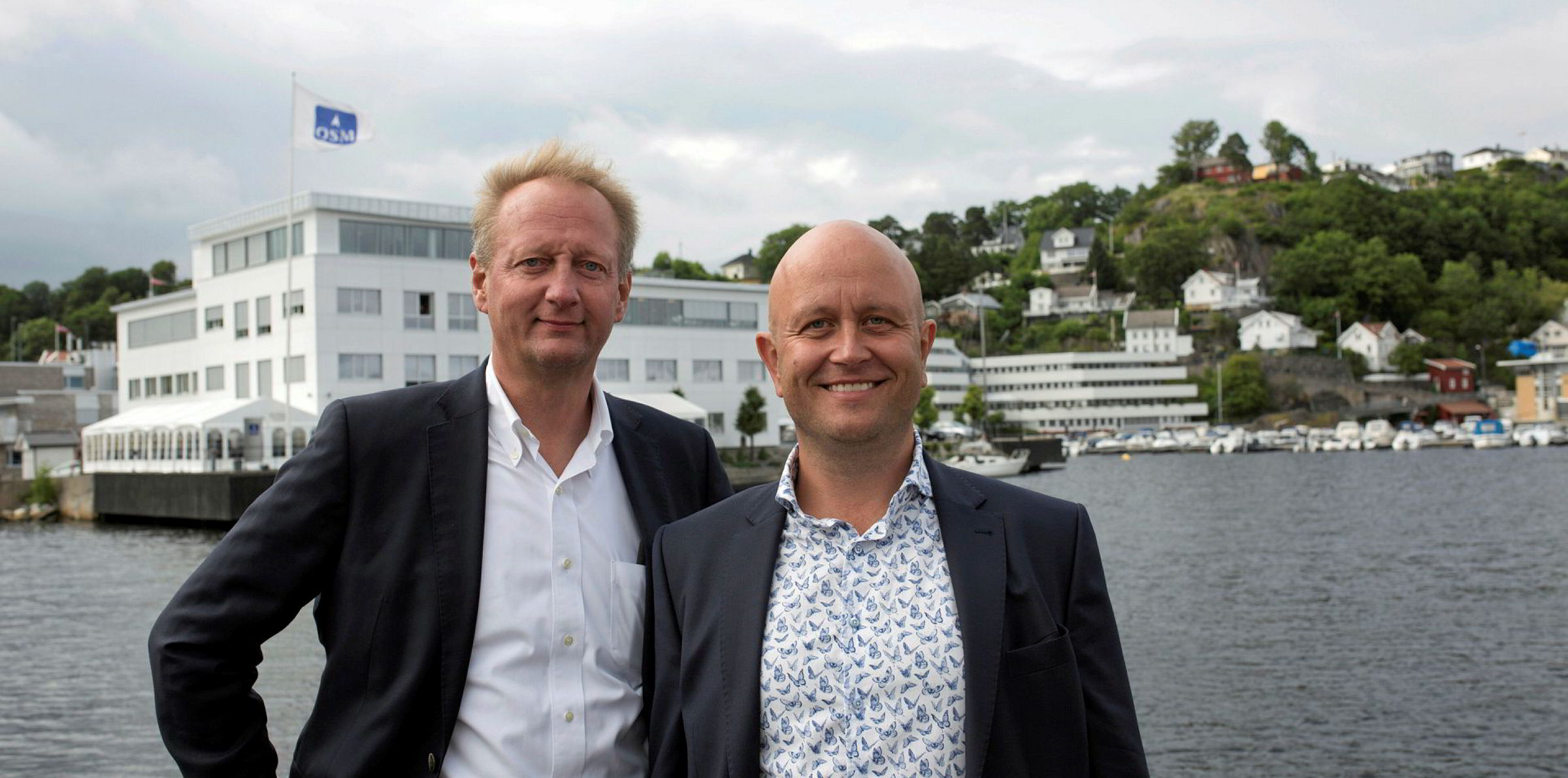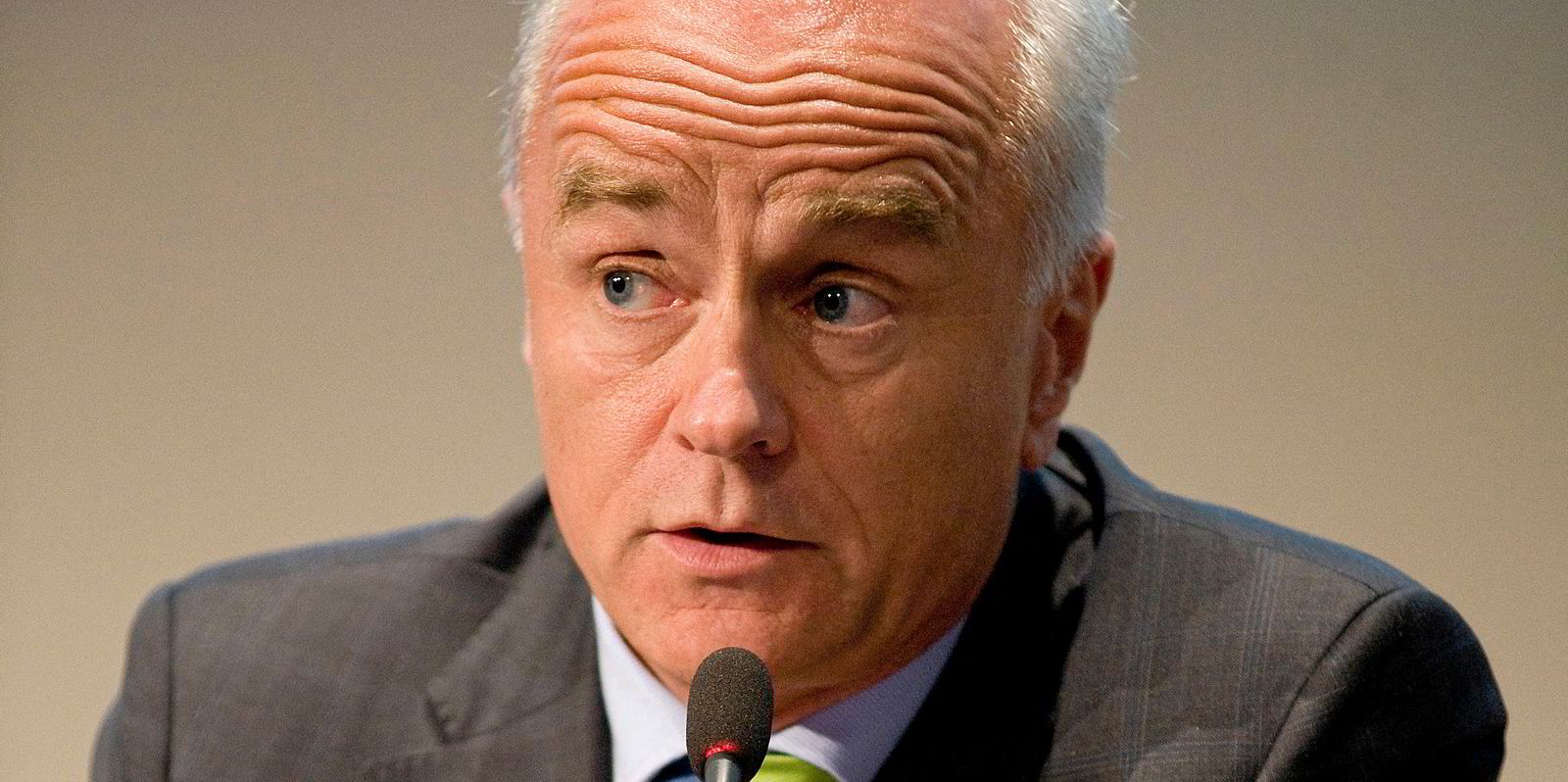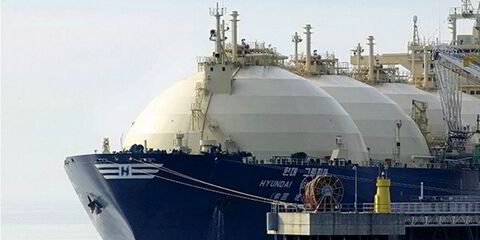Ship management has a new superpower — global competition authorities permitting.
Private equity-backed OSM Maritime is to merge with Singapore’s Thome Ship Management to create a fleet of more than 1,000 ships under third-party management.
The combined company will be named OSM Thome. Financial details have not been disclosed.
OSM Maritime boss Finn Amund Norbye will be chief executive of the merged entity, while Thome CEO Olav Nortun will take up the position of chief operating officer for the consolidated ship management’s activities.
OSM founder Bjorn Tore Larsen will become chairman of the new board, with Thome’s Claes Eek Thorstensen as vice chairman.
Norbye said the two companies are a “good match” in terms of expertise and capacity, and share a common agenda in important areas such as digitalisation, cyber security and green shipping.
“By joining our resources in OSM Thome, we will become an even better partner to our customers,” he said.
Nortun said that together, the two companies have 32,000 employees — 30,000 seafarers and 2,000 onshore personnel.
The headquarters of the combined company will be in Arendal, Norway, with strong technical management hubs maintained in Singapore and Europe.
“Both OSM Maritime and Thome are deeply rooted in the Norwegian shipping tradition and expertise, and they combine this with the modern drive of Asian business enterprise,” the two companies said.
Of the 1,000 ships managed by the companies, 450 are under full technical management, while the other 550 involve crew management.
OSM Marine is currently involved in the day-to-day operation of nearly 700 ships of various types, while Thome handles nearly 370.
The combined fleet will embrace most sectors: tankers, bulkers, container ships, car carriers, cruise ships, and offshore vessels and units.
Completion of the merger is conditional on approval from competition authorities, which is expected in the first quarter of 2023.
The companies will operate as before until the merger has been formally approved, with separate management and organisations.





